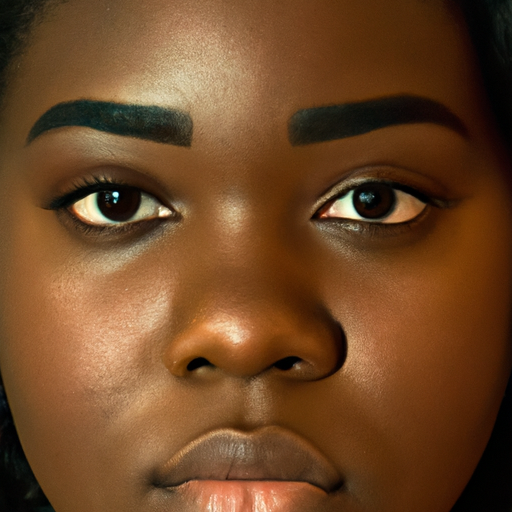In recent years, the field of dermatology has seen a significant increase in the demand for non-surgical cosmetic procedures. Among these, one of the most sought-after treatments is chin filler enhancements. This rising trend is not surprising, considering the integral role the chin plays in facial symmetry and overall appearance.
Chin filler enhancements, also known as non-surgical chin augmentation, involve the use of injectable dermal fillers to reshape, resize, or recontour the chin. It’s a minimally invasive procedure that provides immediate results with minimal downtime. This procedure has gained popularity due to its ability to create a more balanced facial profile without the risks and recovery time associated with surgical interventions.
The chin is a critical component of our facial structure. It contributes to the harmony of our face by balancing the forehead and nose. A well-defined chin can enhance the jawline, improve facial symmetry, and create a more youthful appearance. Conversely, a weak or receding chin can make the nose appear larger and the neck look less defined.
Chin filler enhancements can address these aesthetic concerns effectively. They can add volume and projection to a small or receding chin, soften a prominent or square chin, and improve the definition of the jawline. The procedure can also correct asymmetries and irregularities resulting from congenital conditions, trauma, or aging.
The procedure involves injecting a dermal filler into strategic points on the chin. The most commonly used fillers are hyaluronic acid-based, such as Juvederm and Restylane. These fillers are safe, biocompatible, and offer temporary results that last between six months to two years. The procedure takes about 20-30 minutes and is performed under local anesthesia.
One of the main advantages of chin filler enhancements is their immediate effect. Patients can see noticeable improvements right after the procedure. There is also minimal downtime, with most patients able to return to their normal activities immediately. Side effects are typically mild and temporary, including swelling, redness, and tenderness at the injection site.
Another advantage is the flexibility and reversibility of the procedure. The results of chin filler enhancements can be adjusted over time to match the patient’s evolving aesthetic preferences. If a patient is dissatisfied with the outcome, the effects of hyaluronic acid fillers can be reversed using an enzyme called hyaluronidase.
However, it’s important to note that while chin filler enhancements can offer significant improvements, they are not a substitute for surgical chin augmentation in cases of severe chin deficiency or deformity. A thorough consultation with a qualified dermatologist or plastic surgeon is essential to determine the most suitable treatment option based on the patient’s anatomy, aesthetic goals, and medical history.
In conclusion, chin filler enhancements represent a safe, effective, and flexible solution for individuals seeking to improve their facial harmony and appearance. As dermatologists, we are excited about this rising trend and the opportunities it offers for non-surgical facial rejuvenation. However, as with any cosmetic procedure, patient education and realistic expectations are key to achieving satisfactory results.



